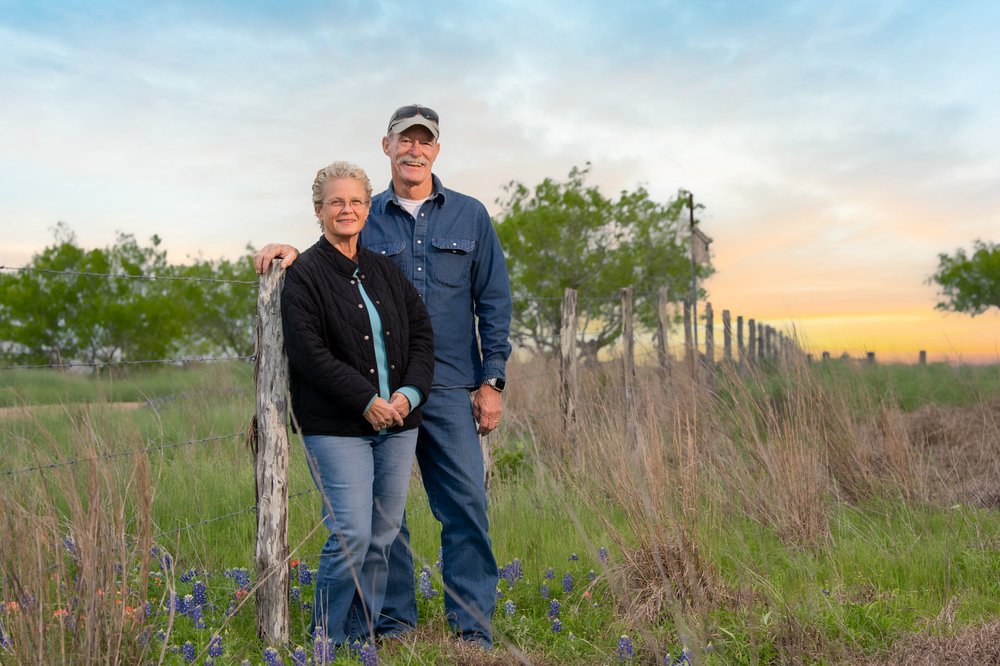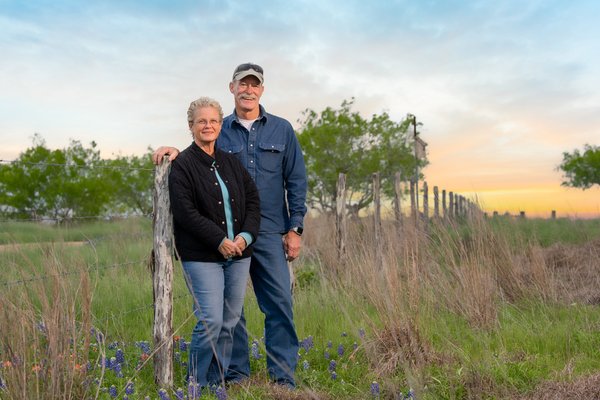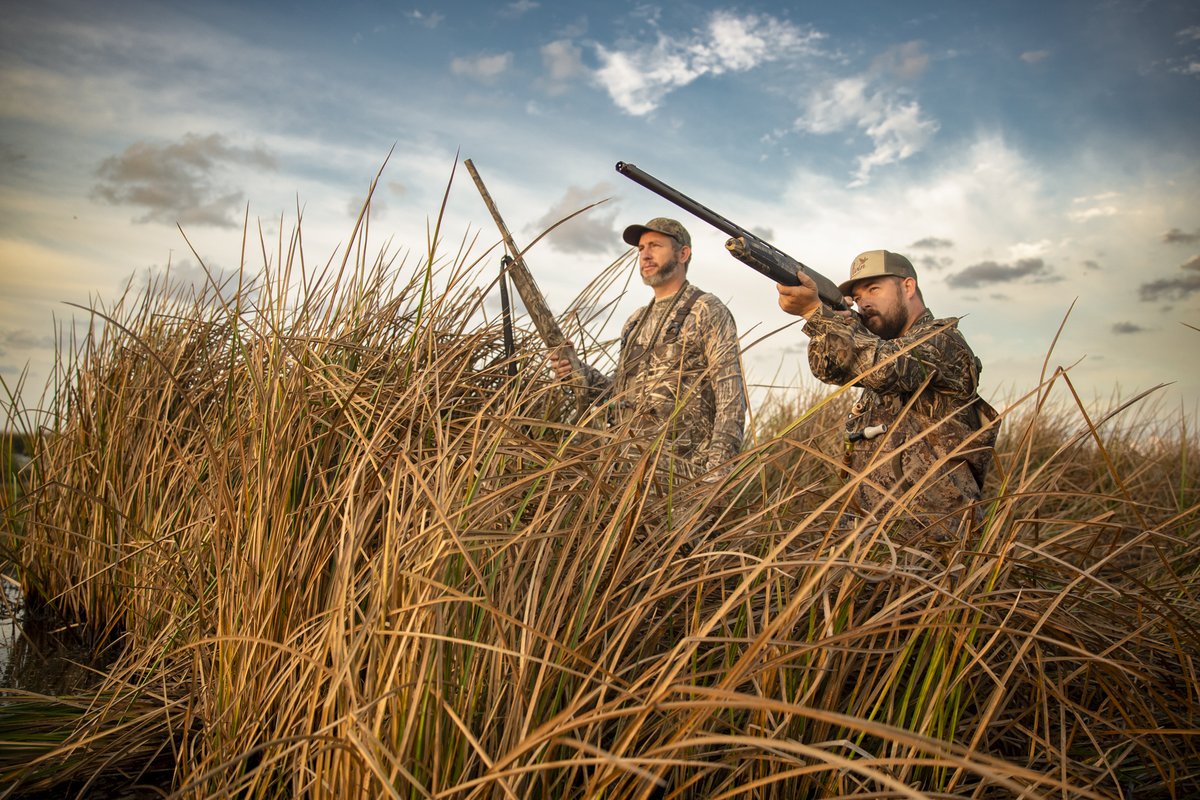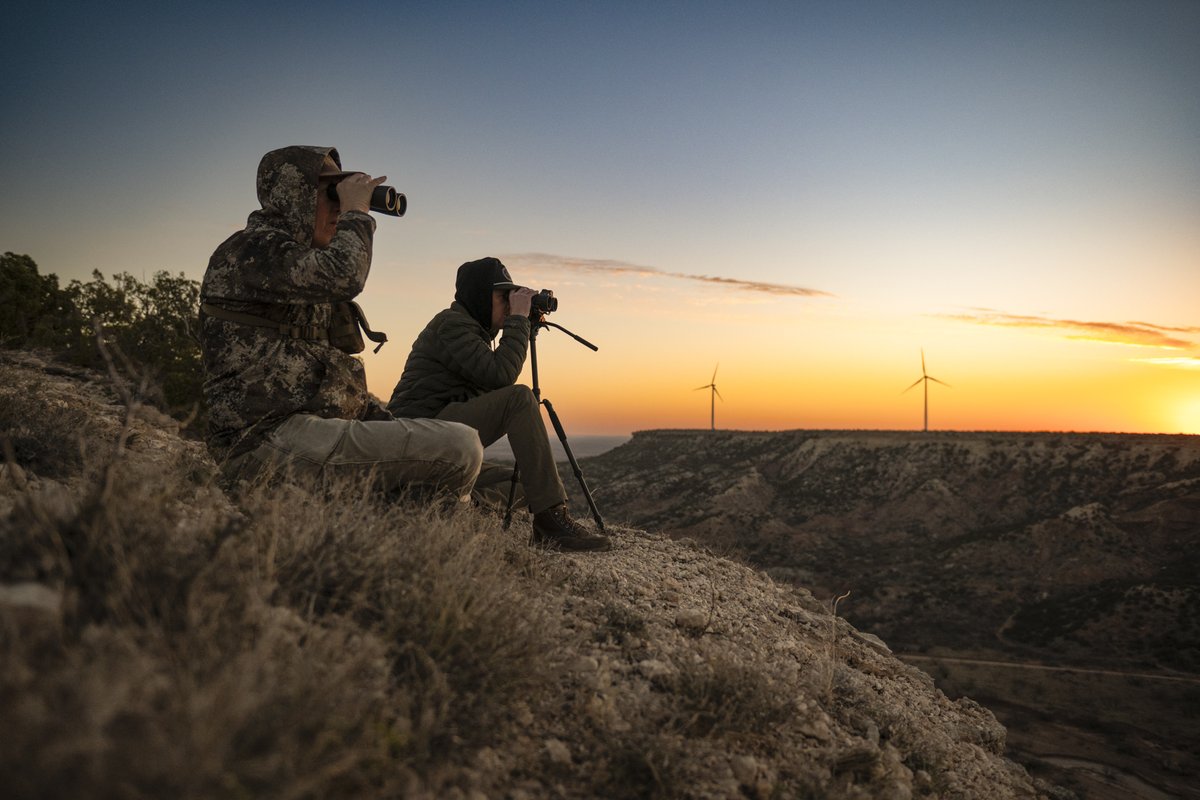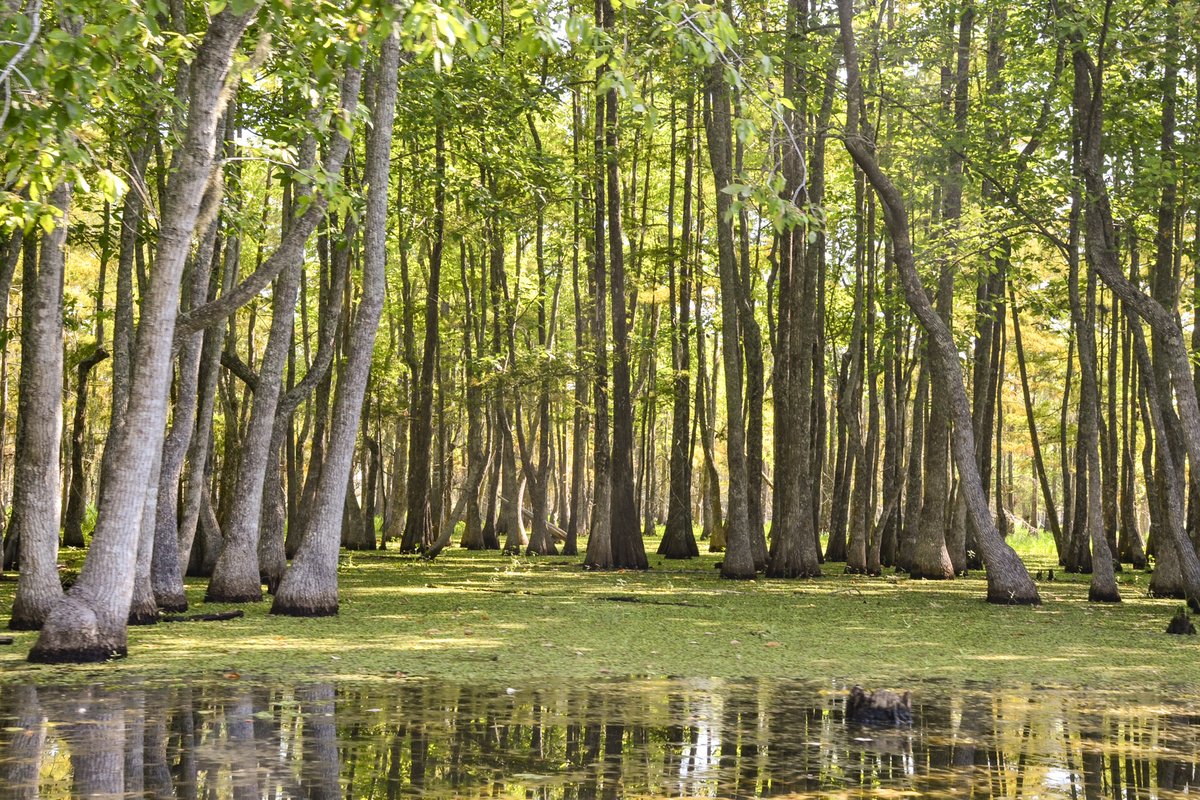On a recent biodiversity survey, La Grange ranchers Mark and Cheryl Brown came across a plant they had never seen before. Head-high with bright yellow blooms, the plant’s leaves tracked the sun as it moved across the sky. It was a compass plant, or cutleaf Silphium, an indicator of successful prairie restoration and management.
Compass plants once dotted the prairies in abundance, but humans changed that. In his book A Sand County Almanac, conservationist Aldo Leopold lamented their disappearance.
“What a thousand acres of Silphiums looked like when they tickled the bellies of the buffalo is a question never again to be answered, and perhaps not even asked,” he wrote.
This particular plant did not currently tickle the bellies of any bison, but it did tickle the fancy of the landowners. For two decades, the couple has invested their extra time and money into restoring their 200 acres of Blackland Prairie outside La Grange, deep in the verdant country between Austin and Houston. The appearance of the Silphium was the latest sign that the land was healing from years of taxing overuse by livestock and machines.
The Browns practice regenerative land use, mimicking the natural forces of the Blackland Prairie — fire and grazing — to create a system in which human enterprise and native ecosystems can exist in harmony.
Their work on prairie restoration doesn’t stop at the borders of their property; they also devote themselves to educating others on the value of conserving Texas’ native grasslands. In a state where 95 percent of land is privately owned, thoughtful stewardship of private lands is key for the survival of wildlife, as well as the character of the land that makes Texas special.
This year, the Browns’ hard work and outreach earned them Texas’ top conservation honor: the Leopold Conservation Award, named for Aldo Leopold himself. The Sand County Foundation, a national nonprofit land conservation organization, presents the $10,000 award to one rancher or organization each year in partnership with the Texas Parks and Wildlife Department’s Lone Star Land Steward Awards.
“You have storytellers, who are really good at telling a story but maybe don’t have a lot of experience with hands-on work; you have practitioners, who may be really good at doing the work in the field but are not able to get the story out there," says Tim Siegmund, leader of TPWD’s Private Lands Program, who nominated the Browns for the award. “And then you have Mark Brown, who’s both. It makes the story much more powerful when you have somebody who can not only talk about why it’s important and how to do it, but also does the work themselves.”
The perfect view
Mark and Cheryl Brown met in college at Sam Houston State University. They went on to have successful careers, Mark as a construction contractor and Cheryl as an advertising professional and event planner. When they were both in their 40s, they decided to buy land.
They first saw their ranch, once a dairy farm, 23 years ago. “We bought it because the views were really good,” Mark says. “When we drove onto the property it was not all that impressive, but when we got up the hill and turned around to look back, we thought, ‘Oh, this is nice.’”
After they closed on the property, the next order of business was making a place to stay. The Browns bought an old beer joint from the nearby town of Ammansville and moved it to the hill with the view they liked so much.
The longer the Browns lived there, the more they learned about the land. They discovered that it had once — before the dairy days — been habitat for quail, but because of years of intensive grazing, the birds no longer had the native bunch grasses that they needed to hide their nests from predators. They also learned that the land seemed to have a pull on Cheryl’s family. She was not the first of her family to be drawn to this particular patch of Texas. When her great-grandfather emigrated from Austria, he settled just 10 miles away.
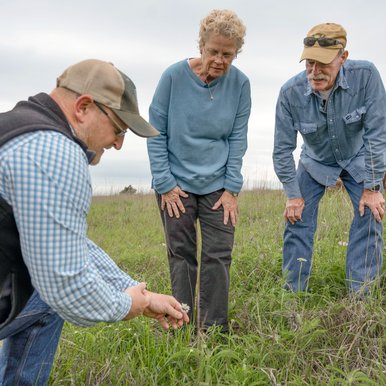
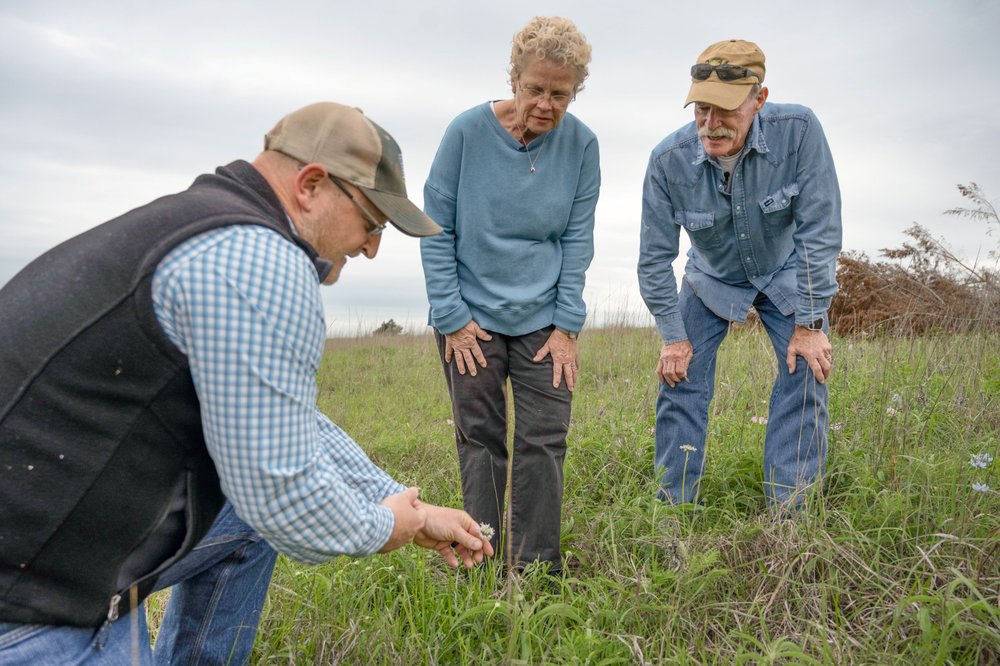
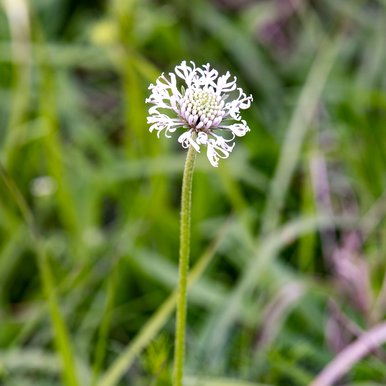
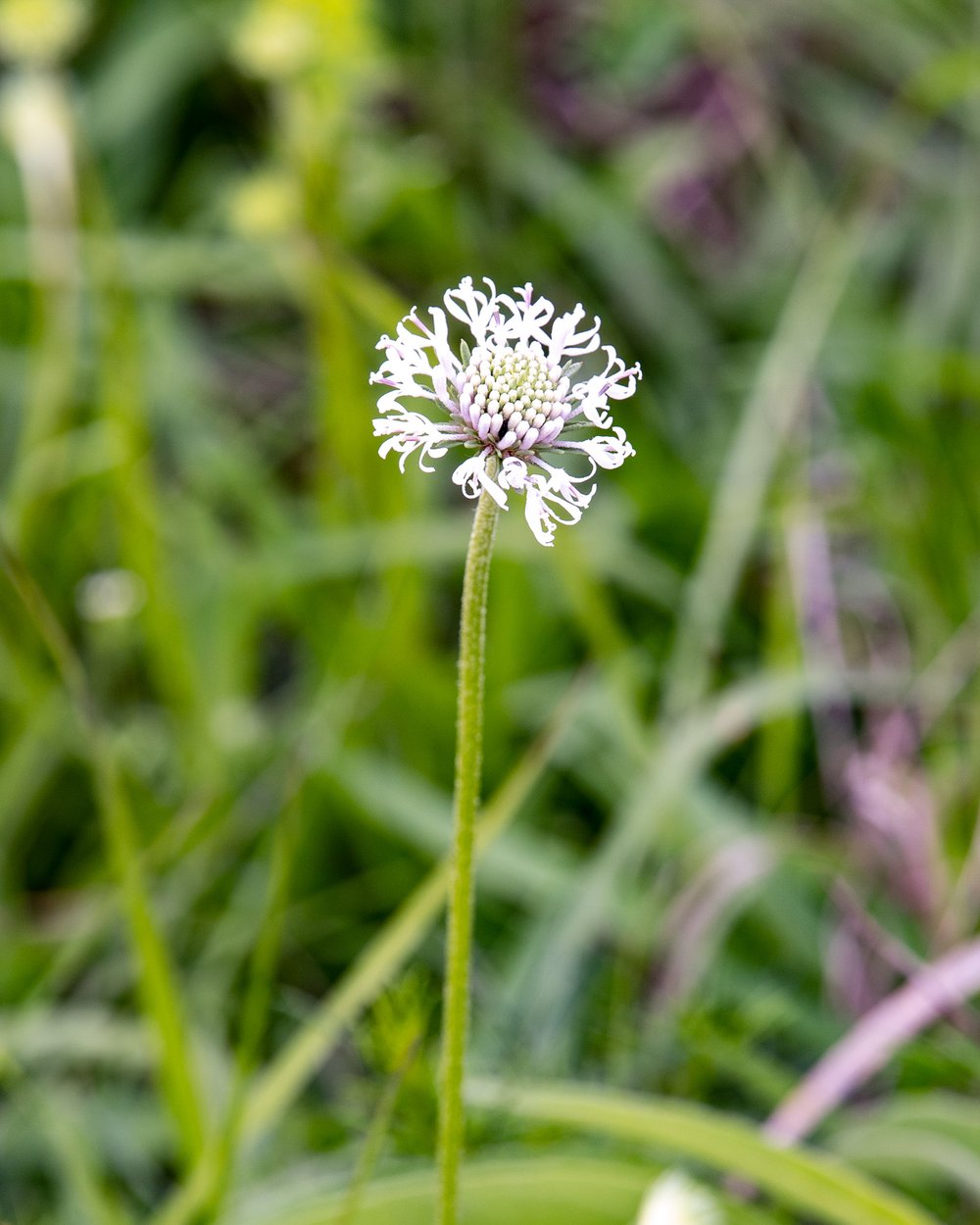
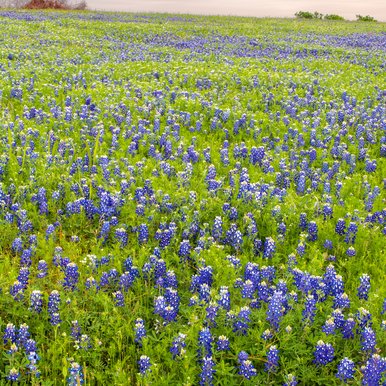
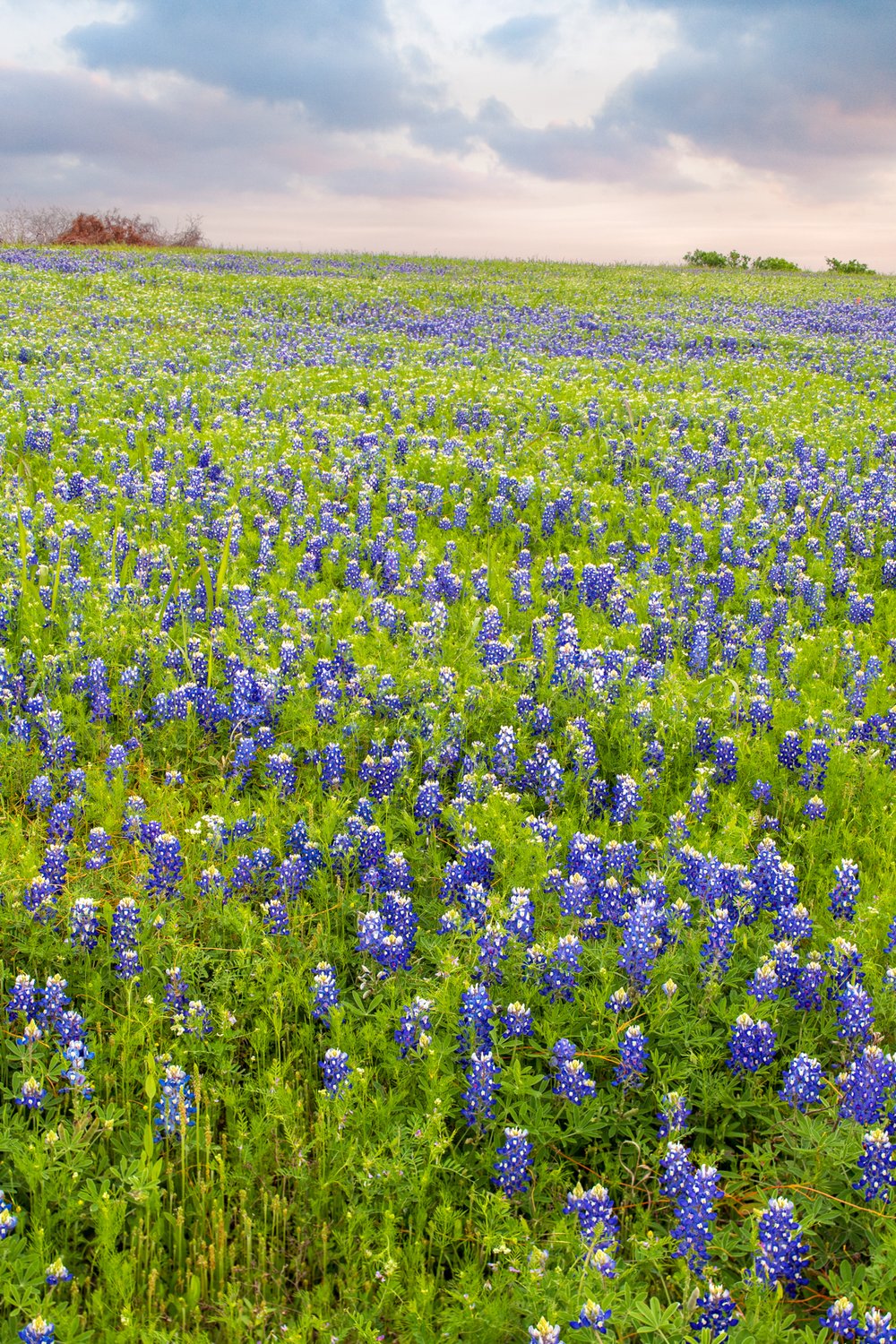
Over the years, Mark and Cheryl worked with TPWD biologists to understand how best to foster a healthy prairie on their 200 acres. They began to get involved with local organizations such as the South Central Texas Prescribed Burn Association and the Native Prairies Association of Texas. Mark became a Texas Master Naturalist.
With help from TPWD, they began burning swaths of their pasture and watching the grass regrow like a phoenix from the ashes. Soon, the Browns were hosting prescribed burn classes on their property.
The Browns also put thought into their livestock management practices. The family occasionally has cattle, but not always. When the steers are there, the Browns adopt a livestock management practice called rotational grazing. By moving cattle from pasture to pasture often, the animals mimic the natural movement of bison. This allows the cattle to graze on fresh grass and allows each portion of pasture to rest and recover after grazing.
The Browns help out their native grasses in another way, too: by decreasing their competition. Mark spends most days out in the pastures, individually spraying old world bluestems and bermuda with appropriate herbicides.
Cheryl, for her part, prefers the controlled burns; she gets a gleam in her eye while talking about them. She also enjoys hosting events on their property.
The Browns’ personal care for their land reminds Siegmund of Leopold’s work on the property surrounding his shack in Sand County, Wisconsin.
“That property was only 160 acres, and Leopold did most of the work himself,” Siegmund says. “Mark and Cheryl are doing the same thing on their 200 acres. It shows how [good land management] is something that really anybody can do.”
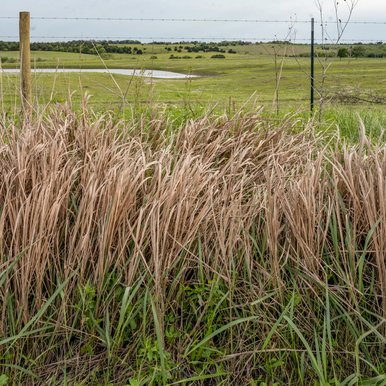
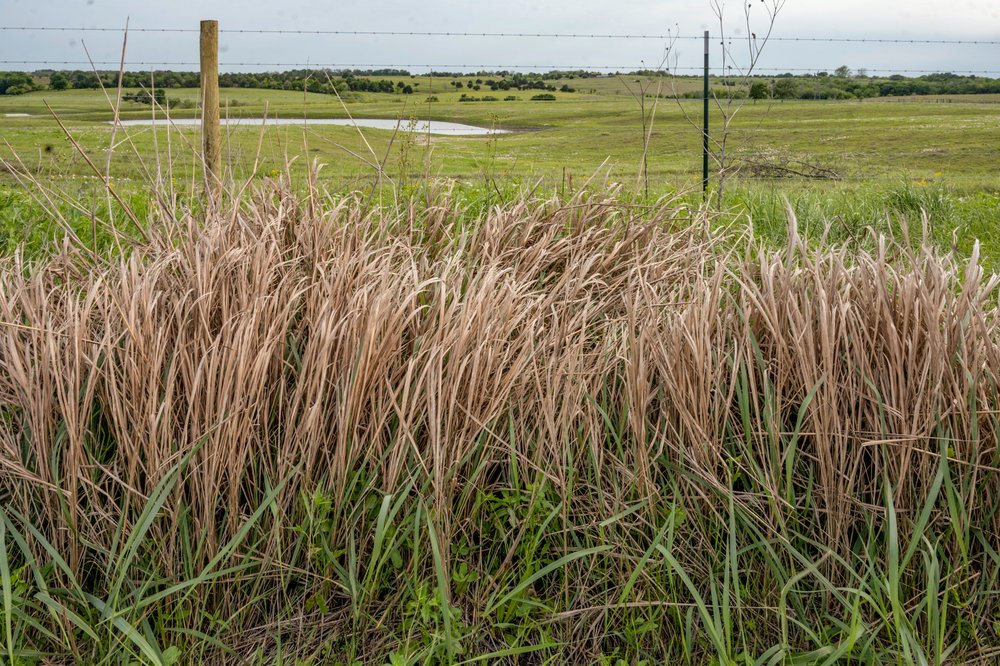
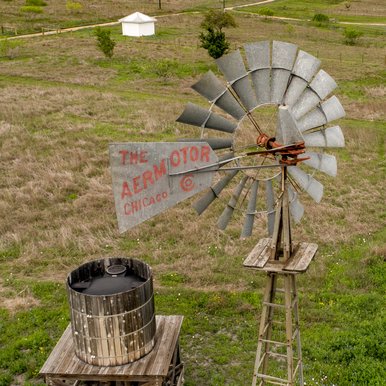
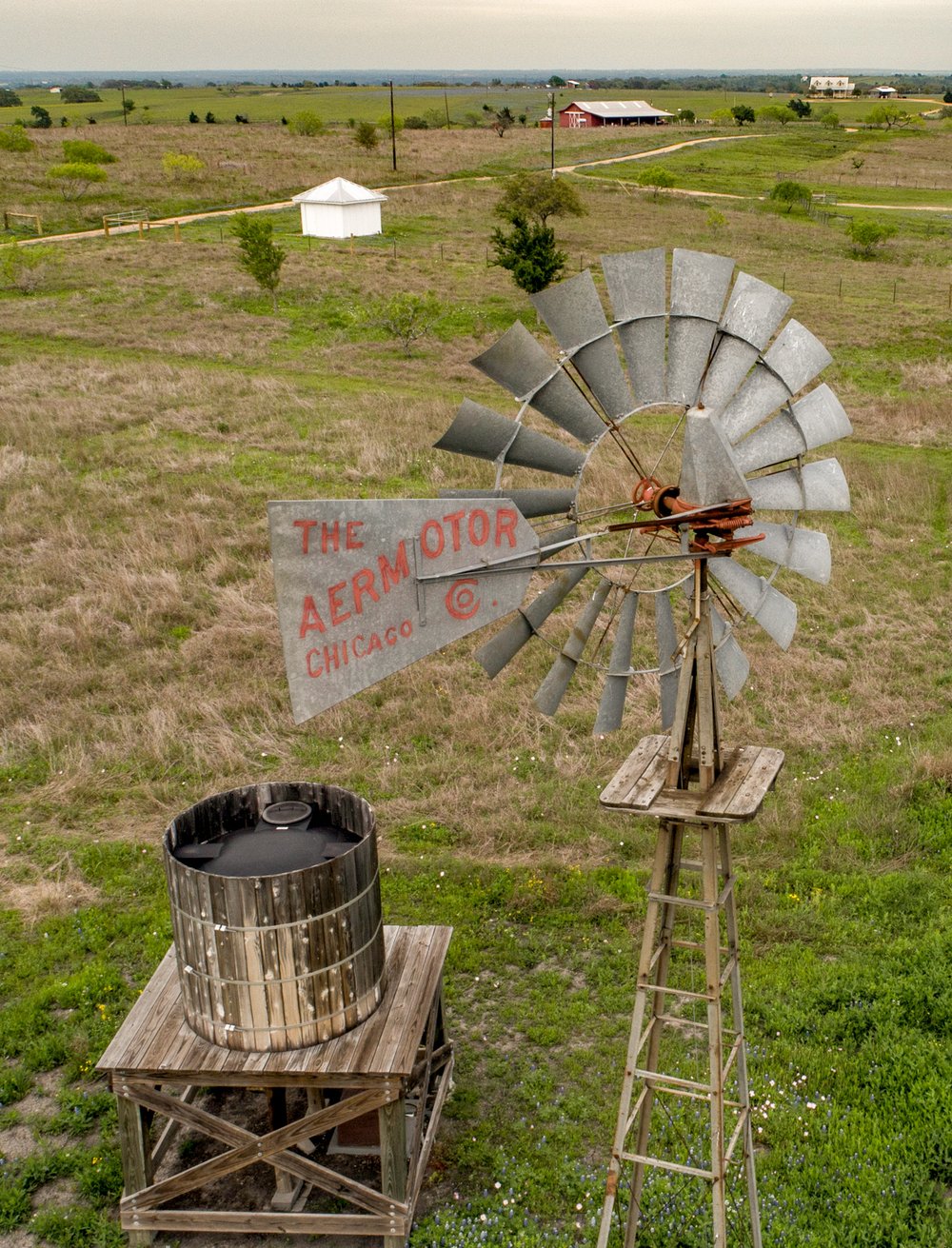
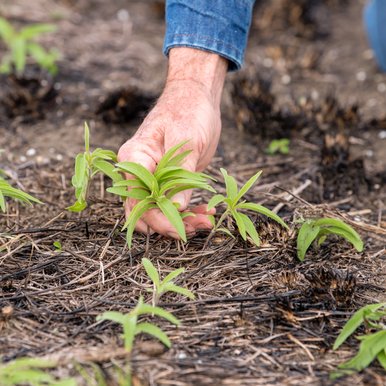
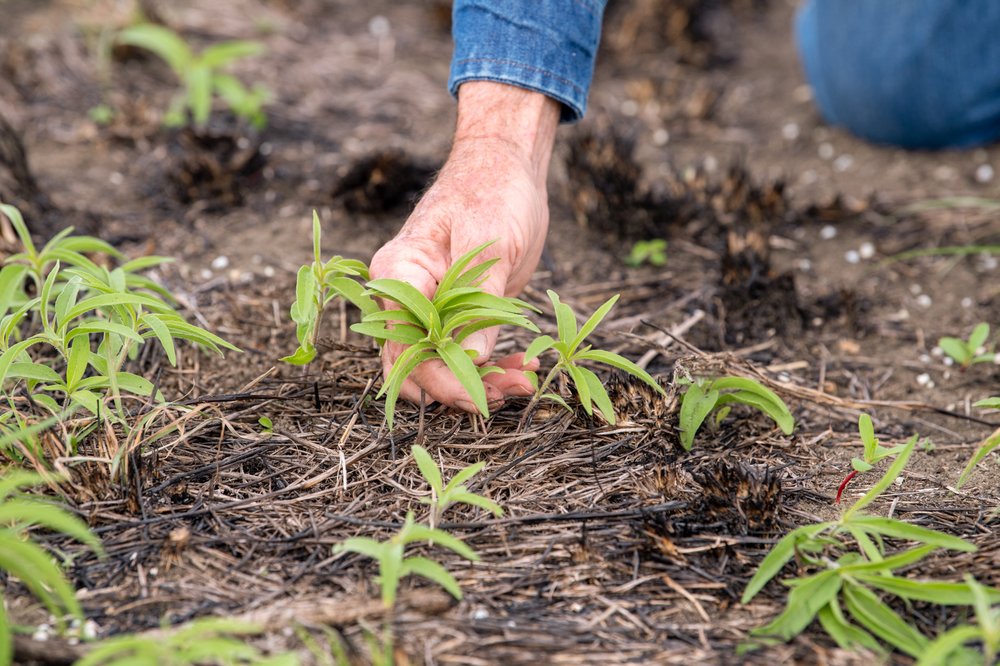
A new culture
The Browns are unusual winners of the Leopold Award because of the relatively small size of their ranch.
“They told us we won the award because of our outreach,” Cheryl says. “We’ve really been trying to spread the word and get other people involved. And it’s amazing — once you get some people, then they know some people, and it just kind of keeps growing.”
They reach out through a number of avenues; for example, Mark and others started a Fayette Prairie chapter of the Native Prairies Association of Texas, and worked with donors to obtain a grant geared toward people with smaller amounts of land. While TPWD’s Pastures for Upland Birds Program provides assistance to landowners with over 25 acres to restore, people who own smaller plots don’t currently qualify for these services. The grant created by Mark and the Fayette Prairie NPAT chapter helps improve the smaller pieces of the region’s “patchwork quilt” of properties.
“We hope we can encourage the next generation that’s inheriting the properties to come in and learn, so maybe they can change the ways that their ancestors have done things,” Cheryl says. “We just imagine this land as it used to be. We have Indian grass here and it’s almost as tall as I am. Whenever it blooms, I stand there and think of the bison coming through here … It’s just amazing.”
